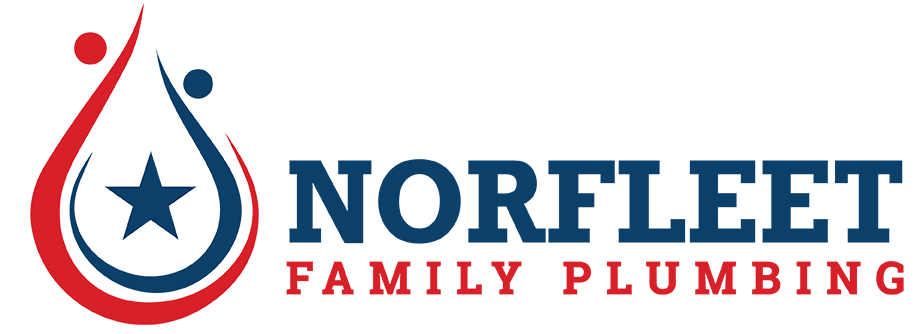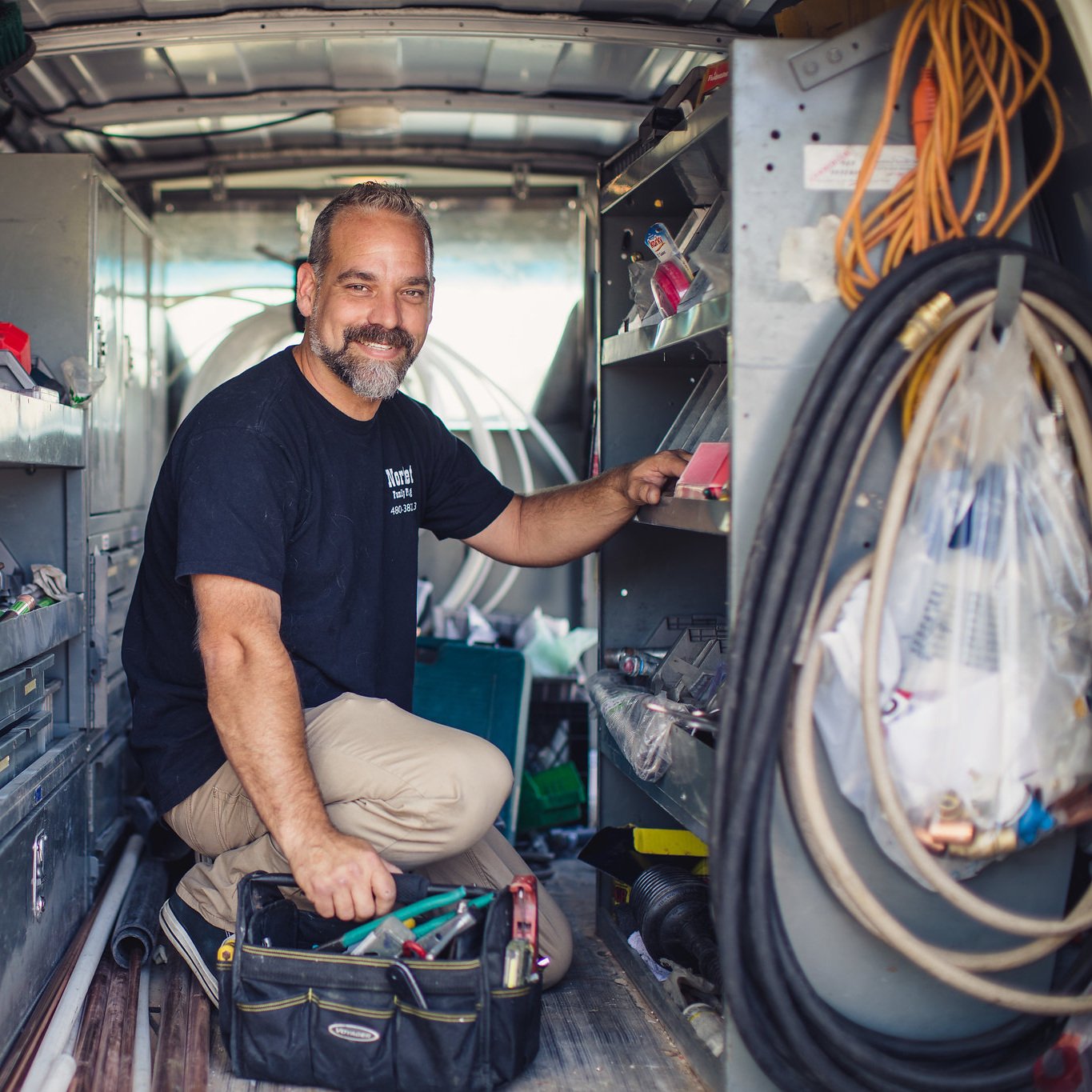The Importance of Backflow Prevention
Backflow occurs when contaminated water spills backward into the clean water supply, posing significant health hazards and potentially leading to costly repairs and liability issues.
Backflow prevention is critical to managing small businesses' safe and reliable water supply. Recognizing the risks associated with backflow and implementing effective prevention measures is essential for protecting water quality and public health. Backflow occurs when contaminated water spills backward into the clean water supply, posing significant health hazards and potentially leading to costly repairs and liability issues.
Understanding Backflow
Backflow is the unwelcome reversal of water flow in a plumbing system, which can contaminate the potable water supply. Common causes of backflow include pressure changes within the system and faulty valves. Backpressure and back-siphonage are two primary mechanisms by which backflow occurs. Backpressure happens when the pressure in the downstream piping is greater than the supply pressure, while back-siphonage occurs when there is a negative pressure in the supply line, causing water to be drawn backward.
The consequences of backflow can be severe, leading to water contamination and presenting health risks to employees and customers. Contaminated water can hold harmful substances such as chemicals, bacteria, and other pollutants, making it unsafe for consumption and use. Preventing backflow is fundamental to maintaining a safe water supply and verifying the well-being of everyone relying on the water system.
The Role of Backflow Prevention Devices
Backflow prevention devices are crucial in safeguarding water quality by preventing contaminated water from entering the supply of clean water. These devices include check valves, air gaps, and reduced pressure zone (RPZ) assemblies. Check valves allow water to stream in one direction only, preventing reverse flow. Air gaps provide a physical separation between the water supply and any potential contaminants, while RPZ assemblies are advanced devices that offer reliable protection against back pressure and back siphonage.
Routine maintenance and testing of backflow prevention devices are essential to verify proper functioning. Professional plumbers should be consulted for routine inspections and servicing of these devices to maintain their effectiveness. Checking that backflow preventers are in good working condition helps protect the water supply from contamination.
Legal and Regulatory Requirements
Businesses must comply with local and national regulations regarding backflow prevention. Plumbing codes and standards specify the requirements for backflow prevention to protect public health and safety. Failure to abide by these regulations can result in penalties and an increased risk of contamination. Businesses must stay informed about the relevant regulations and work with licensed plumbers to certify compliance.
Benefits of Backflow Prevention for Small Businesses
Implementing backflow prevention measures offers numerous benefits for small businesses. The foremost advantage is protecting water quality and public health, confirming that the water supply remains safe for consumption and use. Avoiding costly repairs and liability issues associated with contaminated water protects the business financially. Maintaining a good reputation and earning customers' trust is essential for long-term success, and effective backflow prevention measures contribute significantly to these aspects.
Signs of Backflow Issues
Recognizing the signs of backflow issues is crucial for timely intervention. Common indicators include discolored water, unusual taste or odor, and visible debris in the water supply. If backflow is suspected, immediate action should be taken to address the problem. Professional plumbing experts should be contacted to inspect and resolve the issue, preventing further contamination and damage.
Choosing the Right Backflow Prevention System
Selecting an appropriate backflow prevention system involves considering various factors such as the type of business, water usage, and specific plumbing needs. Consulting with professional plumbers helps identify the most suitable system for the business. Licensed plumbers can provide expert advice and correctly install the backflow preventers, arranging for optimal water supply protection.
Maintenance and Testing of Backflow Prevention Devices
Routine backflow prevention device maintenance and testing are pivotal to verifying their continued effectiveness. Professional plumbers recommend maintenance schedules and procedures tailored to the business's needs. Documentation and record-keeping of maintenance activities are important for regulatory compliance and for tracking the performance of the backflow prevention system.
Investing in backflow prevention is crucial for small businesses to safeguard their water supply and protect public health. The long-term benefits of implementing backflow prevention measures far outweigh the initial investment, providing ease and adding to the overall safety and dependability of the water system. Businesses are encouraged to proactively protect their water supply by working with professional plumbing experts and verifying compliance with all relevant regulations.
A comprehensive approach to backflow prevention ensures regulatory compliance and enhances the business's overall efficiency and reputation. Trusting experienced and licensed plumbers to install, maintain, and test backflow prevention devices is essential to maintaining a safe and effective plumbing system.
If you need a licensed, bonded, experienced professional for plumbing, sewer camera inspection, or water heater installation, and water heater repair in Chandler, Gilbert, Mesa, Queen Creek, Ahwatukee or San Tan Valley call Norfleet Family Plumbing Heating and Air at 480-681-1764.

